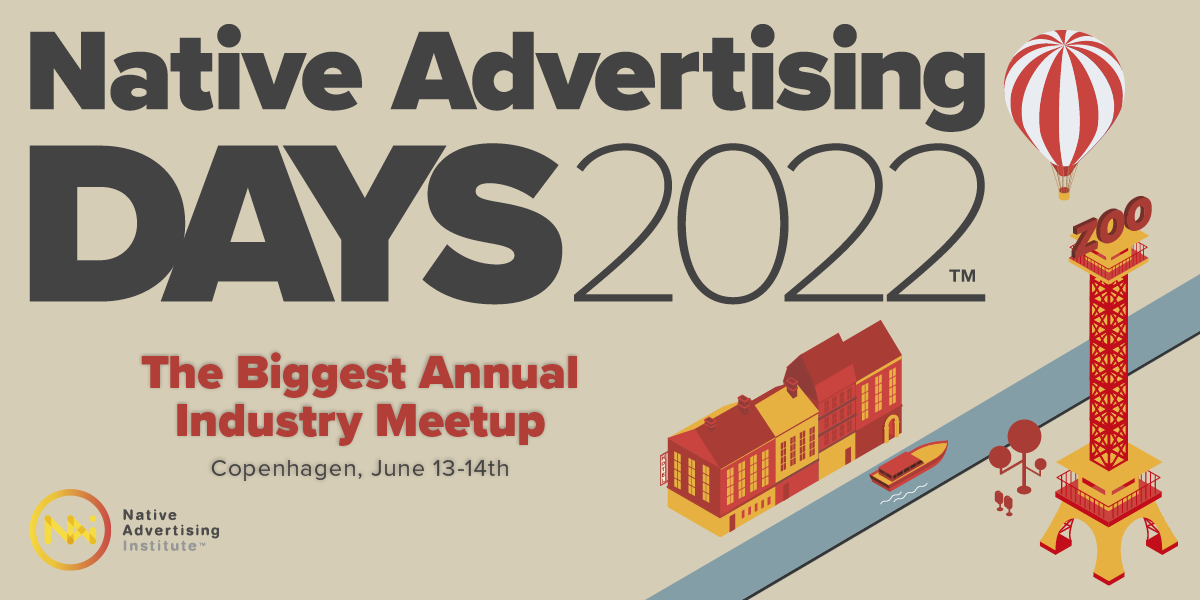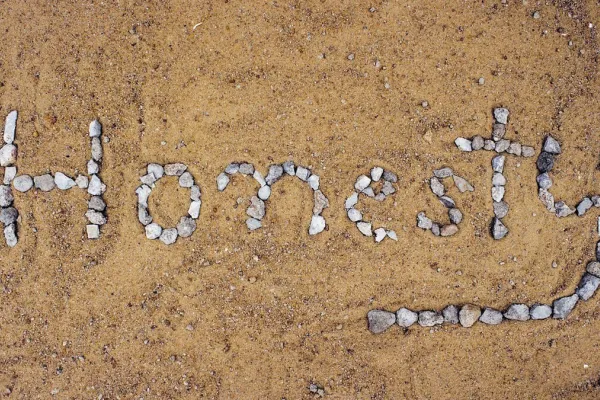
 Details
Details
The desire to discover a formula for creating art is not a new phenomenon.
From Aristotle’s Poetics to the Hero’s Journey, generations have sought to codify the creative. In today’s world, we rely on algorithms for everything—from calling a cab to recommending TV shows to falling in love.
So why wouldn’t publishers and advertisers turn to data to unlock the key to successful native advertising too?
I’m a big believer in the power of insights to inform great content (it’s my job!) but I don’t evangelize data at the expense of the imagination. Art and science should go hand in hand.
In this blog post, I’ll tackle 3 major myths I’ve seen propagated about using data to fuel content creation. In order to succeed in today’s mixed media world, native advertisers need to stop believing these and start exercising their ambidextrous minds to enjoy the magic that happens when art and science work together.
Over-reliance on repeating our past successes leads to truisms that can be hard to question or escape from.
Myth 1: If it ain’t broke, don’t fix it
Early in my career, I spent some time working in social media community management. At the end of each month, we’d analyse the performance of our content and then simply look to duplicate those successes the next month.
That strategy wasn’t wrong in itself. The problem with this ‘if it ain’t broke, don’t fix it’ myth is that historical performance data should be just one ingredient in the recipe of a compelling content strategy. Over-reliance on repeating our past successes leads to truisms that can be hard to question or escape from.
It also leads to digital video ideas quashed because the brand’s logo hasn’t appeared by the third second, bored creatives hemmed in by the data that’s meant to inspire them and bored consumers being served content that’s homogenous.
RELATED: What the Top Related Searches on 'Native Advertising' Say About the Industry
Instead, think about gathering insights from the 3 Cs: Consumers, Culture and Content. To better understand Consumers, conduct proprietary studies, consider developing an audience panel and don’t forget about using third-party data to look beyond your walls.
Keep in touch with the Cultural zeitgeist by mining social listening and leveraging any editorial know-how you have in-house. And, when it comes to Content, look at real-time, as well as historical, performance data, use A/B testing to trial headlines and images and, most importantly, innovate with new content angles.
While some say ‘if it ain’t broke, don’t fix it’, I say it’s scientists’ job to experiment.
A number, rather than being an insight in itself is often the evidence to prove your assertion.
Myth 2: An insight is always a number
This second myth is one of the most prevalent. It’s the idea that an insight is always a number, and, with it, the notion that an insight can only come from a researcher, a strategist or a data scientist.
An insight is by definition insightful. It’s a statement that surprises or makes you reassess something you thought you knew. And a number, rather than being an insight in itself, is often the evidence to prove your assertion.
RELATED: 4 Tips for Using Data Creatively to Produce Original Branded Content
Sometimes a number is the best articulation of an insight, like when Refinery29 found that 67 percent of women in the US wear a dress size 14+, yet these same women are only represented in two percent of images we see in the media. But sometimes a number isn’t necessary at all—as was the case when Refinery29 discovered that for millennial women, motherhood is an ‘if’, not a ‘when’.
It’s the job of the data literate in your organisation – whether you’re a publisher, an agency or a brand – to articulate your insights with clarity, brevity and empathy, and, however much you love a good bar chart, to lead with human truths.
Don’t just measure at the end, learn throughout, and treat your clients as strategic partners. It’s the only way to make the content better for everyone.
Myth 3: Measurement is the final step
The third myth is that measurement is the final step in a campaign—an opportunity to assess your partners, show off your work to your boss, or give your team a gold star.
I prefer the term Learning Agenda to Measurement, as assessing content performance shouldn’t just be about highlighting successes but also understanding how content can be improved next time.
RELATED: T Brand Studio: 12 Tips for Creating Killer Content
These days, looking at reach and engagement to prove the effectiveness of native advertising isn’t enough. Content can and should be part of a brand’s media mix at every stage of the purchase funnel and creators need to become more literate in proving their ability to affect brand perception, purchase consideration, and, ultimately, their partners’ bottom line.
So don’t just measure at the end, learn throughout, and treat your clients as strategic partners. It’s the only way to make the content better for everyone.
So there you have it—the three data myths native advertisers need to stop believing. And, along with them, the biggest myth of all—that either art or science can or should exist in isolation.
Want more insights into how to build better, more effective native advertising campaigns? Join us in Copenhagen for Native Advertising DAYS 2022, 13-14 June.



